Hyundai Motor has unveiled the updated Bayon for global markets, with the small SUV originally targeted at the European market and initially revealed in 2021. Sharing a platform with the i20, the Bayon facelift features subtle exterior styling changes, interior updates, and enhanced technological offerings.
Externally, the new model maintains the overall design of its predecessor but introduces fresh elements to invigorate the appearance. Notable changes include the replacement of the slim upper grille with a full-width LED lightbar in the front fascia, along with a redesigned angular grille, updated headlamp housings, new side vents, and a more pronounced faux skid plate on the front bumper.

The rear modifications are more understated, featuring a revised bumper with reduced cladding. The SUV rides on newly designed 16-inch or 17-inch alloy wheels.
The interior largely retains the same design and layout, with notable updates such as the now standard 10.25-inch central touchscreen, all-LED lighting (including optional ambient lighting), and an audio system comprising eight Bose speakers and a subwoofer. The touchscreen also supports Over-the-Air (OTA) map updates.

Safety and driving assistance features include semi-autonomous capabilities like Lane Following Assist, Forward Collision-Avoidance Assist, Navigation-based Smart Cruise Control, Blind-Spot Collision-Avoidance Assist, Driver Attention warning, and Leading vehicle departure alert. The model is equipped with a driver attention warning system and a second-generation eCall using the 4G network for automatic emergency service alerts in case of an accident.

Regarding powertrain details, no updates have been disclosed, suggesting that the Bayon might continue to offer the same 1.0-liter three-cylinder turbocharged engine in two states of tune—98bhp and 118bhp.

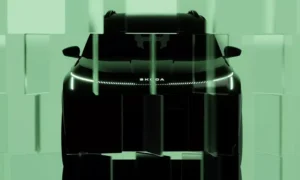

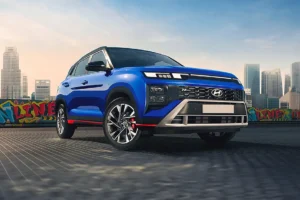



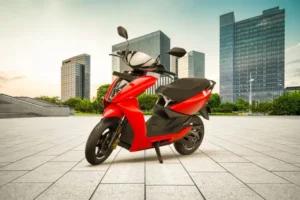
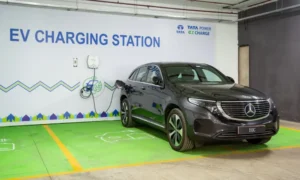
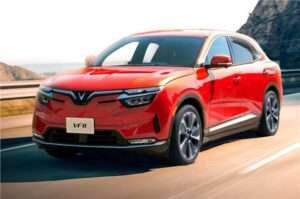
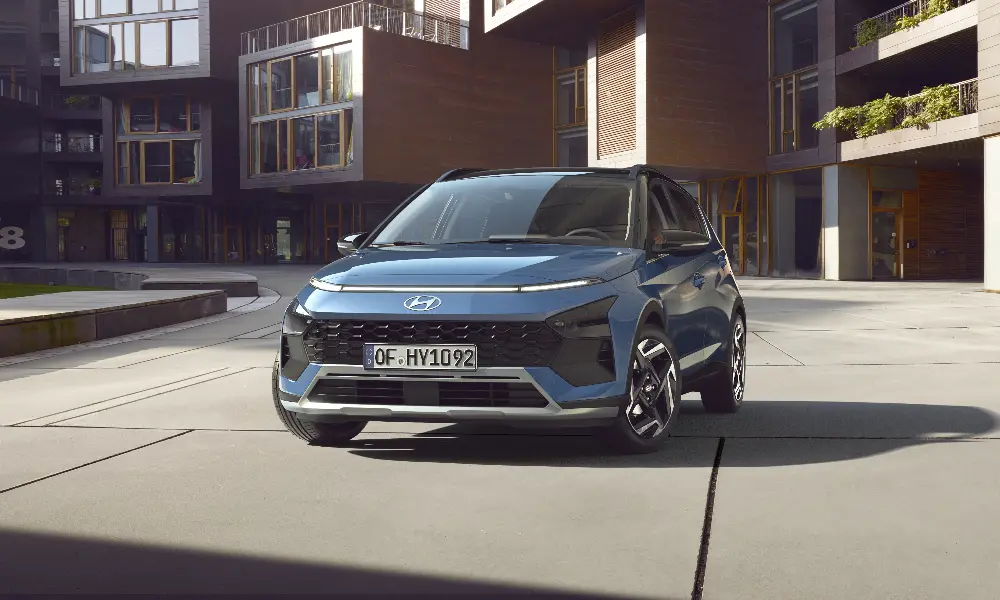
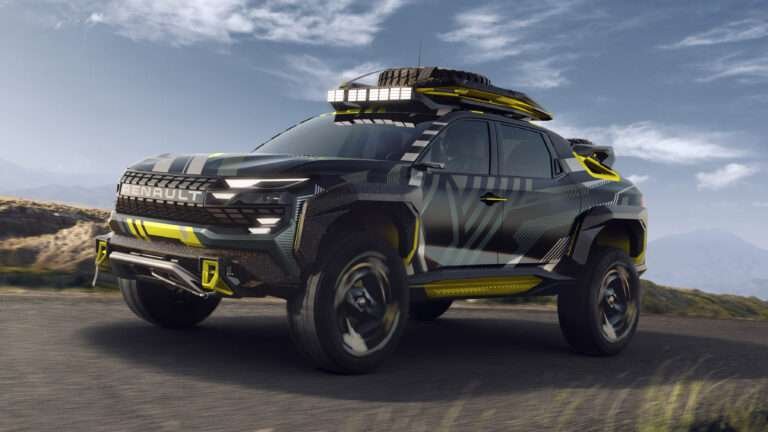
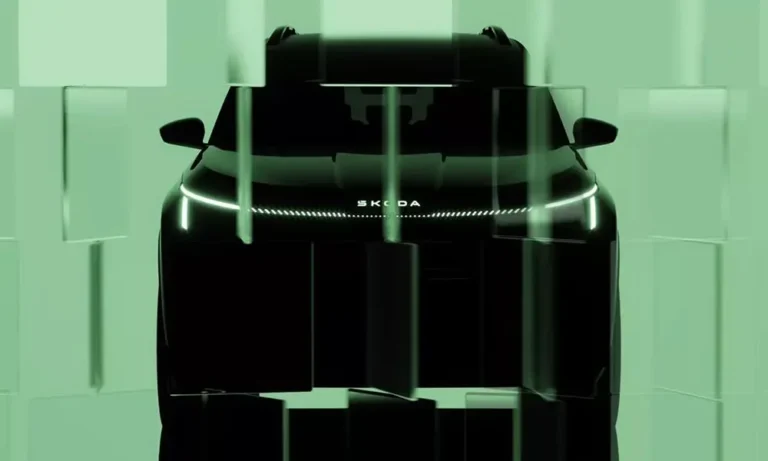
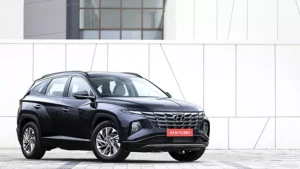


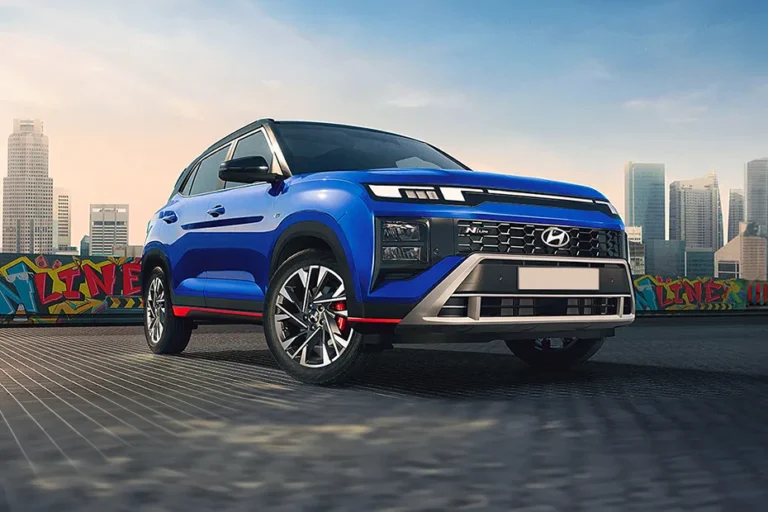
+ There are no comments
Add yours